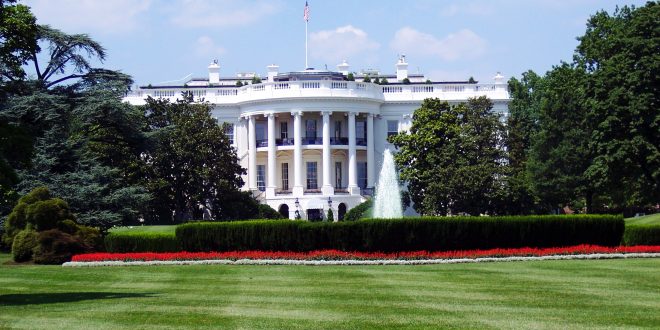The U.S. Government officially reopened last week, but Congress only has two weeks to reach a resolution or America risks being put under another shutdown.
While Congress is presently unable to reach an agreement on border security, federal workers in Valdosta and across the nation went back to work after receiving no pay for over month.
According to NBC News, Wednesday, Jan. 30, a bipartisan conference committee began negotiating to find a compromise to the spending stalemate to avoid a second shutdown. Trump reaffirmed his position via Twitter that same morning.
Many students seem to be asking “What happened?” To answer that, we need to go back a month.
On Dec. 21, Congress was unable to pass a spending bill to allocate funding for the new fiscal year, due to disagreements between President Trump and Democratic leadership on funding for a border wall. Consequently, agencies were unable to operate, leading to a partial shutdown.
Since agencies and departments were receiving zero funding, the institutions could not pay large percentages of their workforce. Yet federal employees classified as “essential,” such as TSA agents, borders agents, prison guards, and active-duty Coast Guard personnel were still required to work.
Normally those required to work without pay would eventually be paid, and those required to take an involuntarily leave of absence or furlough would not receive payment, even after the shutdown ended.
However, due to a resolution by Trump, furloughed workers were able to receive backpay for time away from work. There is still a percentage of workers, though, who were not able to receive pay for involuntary time off. They are government contractors, people whose earnings are not based on a scheduled salary but instead on a contract made between an independent contractor and the government.
Even if the government refunded all workers, including government contractors, the government may not be able to fix the all of the damage that’s already taken place.
NPR reported that thousands of federal workers had excessive trouble keeping up with payments on rent, mortgage, medical bills, gas, food and other necessary living expenses.
“I do live paycheck to paycheck, though,” Amy Fellows, a federal worker said, in an NPR report. “You know, I was able to pay for my rent and my utilities for the first of the month, but now I have nothing in my bank.”
Workers living paycheck to paycheck had to stretch their already limited budget. Many organizations have tried to advise their employees on how to ease the financial burden.
Employees of the U.S. Coast Guard were given a five-page tip sheet, in which one suggestion said:
“To get by without pay, consider holding a garage sale, babysitting, dog-walking or serving as a ‘mystery shopper.”
The Coast Guard removed the tip-sheet from its website after questioning by the Washington Post.
Too some students, a government shutdown might not be such a familiar phenomenon. But Dr. James LaPlant, an associate professor of political science at VSU, said that government shutdowns are not so irregular.
“So, this is of course nothing new to see a government shutdown over policy differences and spending priorities,” he said. “We have seen a variety of government shutdowns over the last several decades on the levels of spending for Medicare, education, defense, and the Affordable Care Act (Obamacare).”
Unsurprisingly, LaPlant was correct. Since 1976 the U.S. had gone through 21 shutdowns, with the longest lasting 21 days during the Clinton administration in 1996. This record has been broken by the current shutdown.
The unprecedented length of the shutdown is believed to be a result of the present political environment, according to LaPlant.
“The shutdown is also complicated by the hyper polarization in contemporary American politics,” LaPlant continued. “We are polarized by ideology, party, race and even geography. The issue of illegal immigration and building a wall taps into almost all of these elements of polarization.”
As thousands of Americans return to work, the worse may be yet to come, as Congress only has until Feb. 15 to find a resolution on border security before the U.S. is forced into another shutdown.
“In the end neither side may really get what they want with a final compromise,” LaPlant said.
Written by Leo Penn, Staff Writer. Photo courtesy of Pexels.
For more News, click here
 The Spectator The independent student newspaper of Valdosta State University
The Spectator The independent student newspaper of Valdosta State University








